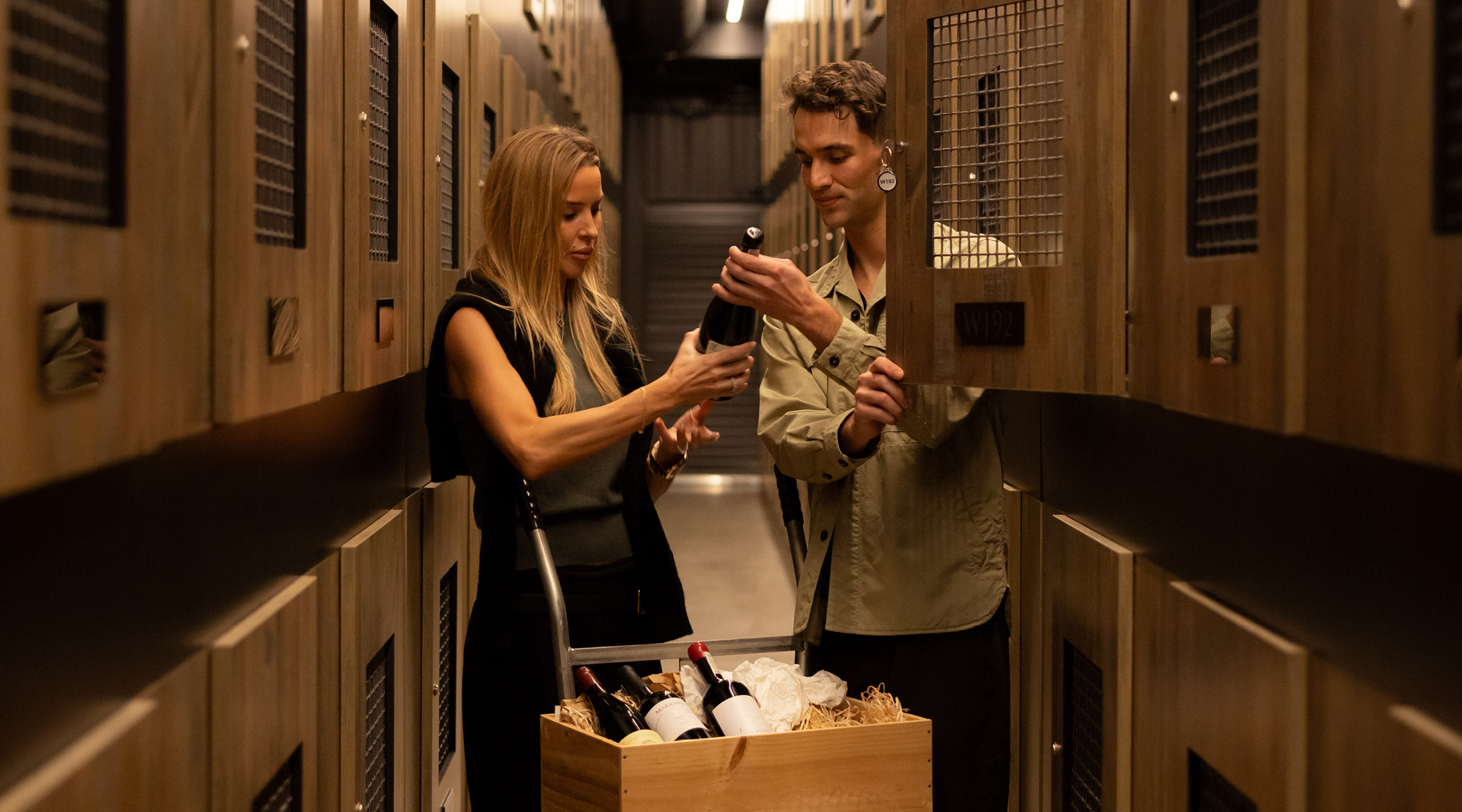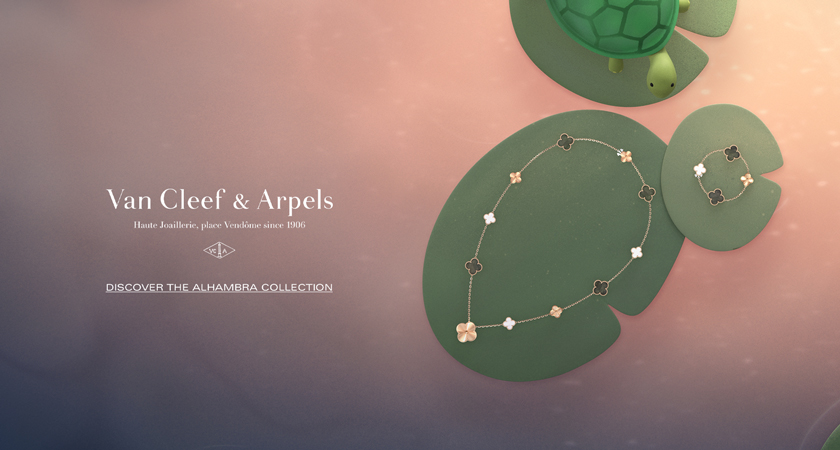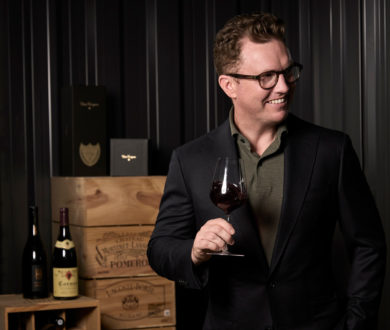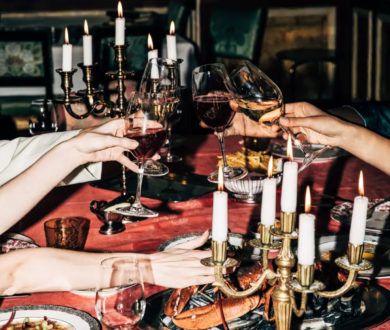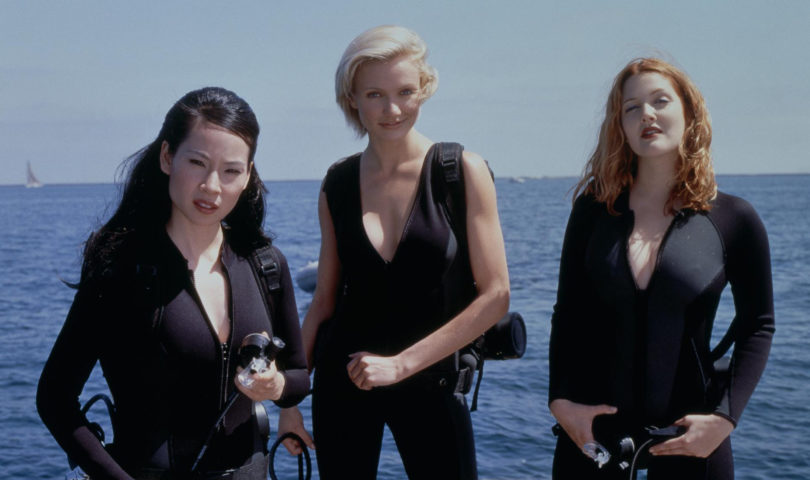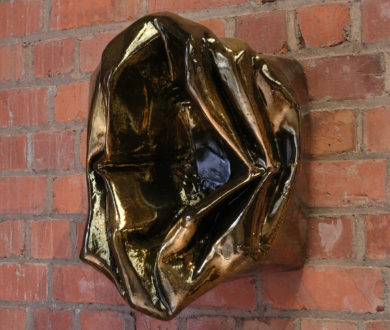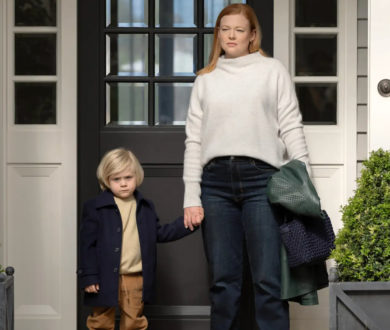Wine expert David Nash of Studio Nash and The Wine Room shares his expertise on why fine wine is a sound investment.
Once upon a time, your typical fine wine investor had to fit a certain profile. Nowadays, things are opening right up, explains The Wine Room‘s expert and connoisseur, David Nash.
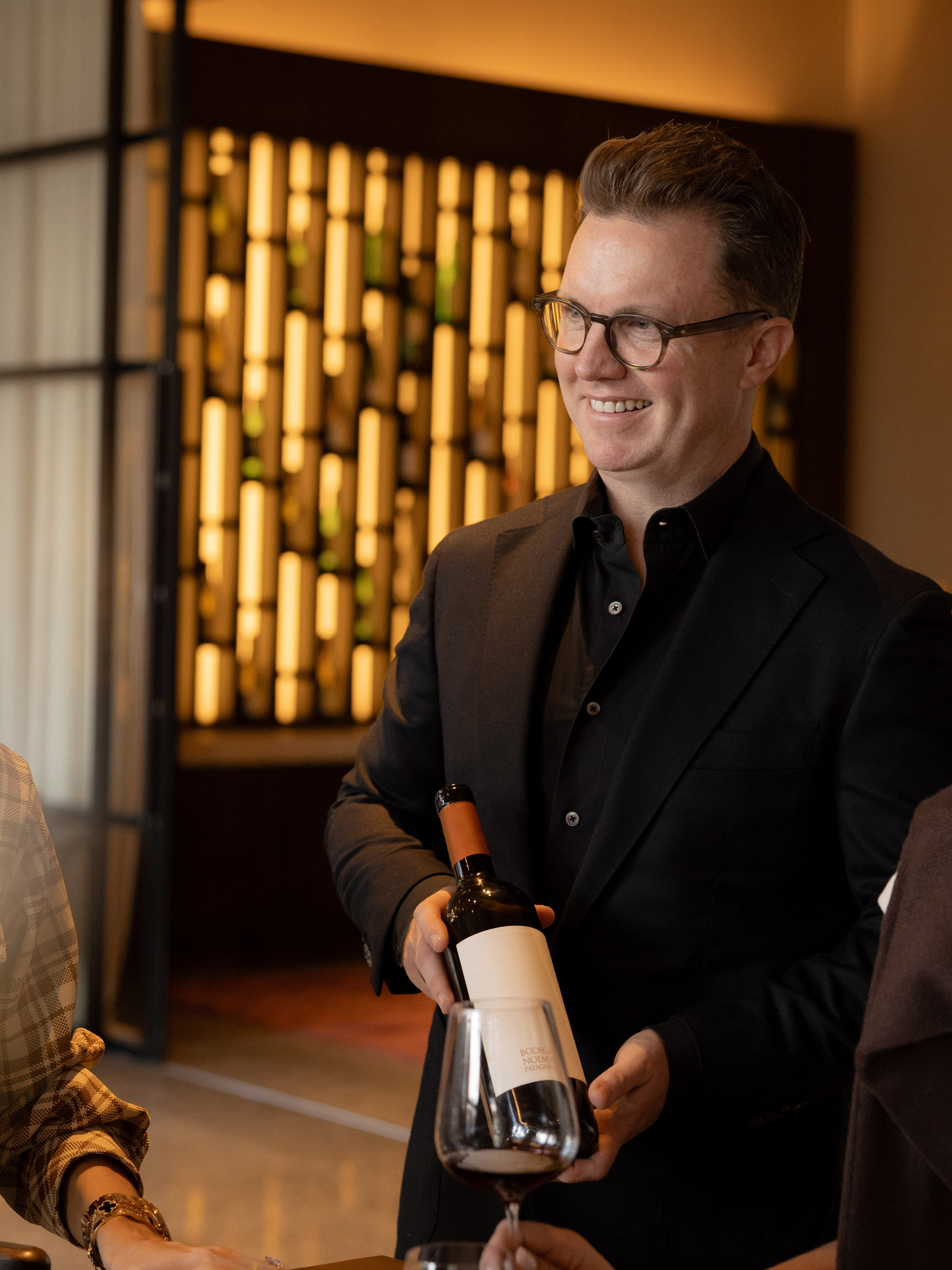
“Until very recently, the wine world was a closed society,” Nash begins. “You had to earn your stripes just to meet the gatekeepers and buy serious investment pieces.”
“At The Wine Room, for example, you can use our concierge service when taking a cellar space underground. This taps you into a global network of access and a knowledge base of what to buy and when,” he notes. “We encourage new clients to attend our wine dinners to learn about the rarity and why these wines are so exceptional and sought after. This kind of experience is attracting a financially savvy (and much younger) buyer, plus a lot more women than ever before. It’s the best part of launching on Auckland’s College Hill, seeing this new wave of people getting the wine bug. Any wine industry report will tell you that young people don’t drink wine. Believe me, they do, they just don’t want to do it in the way the industry has prescribed for the past 100 years.”
Below, take heed of Nash’s top tips for anyone looking to dip a toe into the ever-illusive world of investing in fine wine.
01.
Think of wine as a liquid investment — and one that’s already proven its resilience.
“The first major positive, fine wine or rare whisky, unlike equities, is an asset that you can lend against; it’s one of the only markets that has maintained or increased in value during volatile economic times,” Nash notes. “Over the past two years, investment in wine gave better returns than gold and crude oil. So it’s no wonder that people are switching to it as a portfolio diversifier. The other positive? You can drink it.”
02.
Consider your returns.
“When you think about the major market crashes in the late 1980s, 2000s and Covid era up until now, a solid long-term 10 percent return would have been rather pleasant for those in the know.”
03.
Cellar and store correctly to reap the rewards.
“It’s hard to think of any other consumable product that in most cases, will get incrementally better over time,” Nash explains. “There’s a pretty euphoric moment that follows opening up a prized bottle someone may have inherited with some serious age. The cork comes out in one and it’s pure liquid gold inside.”
04.
Do your due diligence.
“Similar to buying a house, the seller of an investment piece must disclose everything they know about the wine and how it was stored,” Nash explains. “Upon purchase, you can request a condition report. You would be horrified at the incredible bottles that have been hiding in a hall cupboard, the dusty garage, or worse, under the house for twenty-something years. These conditions will dull the wines if not render them to vinegar. At The Wine Room, we have double redundancy in temperature and humidity control, fixed at the perfect conditions for long-term storage. We can certify these conditions for investors, so they can re-enter the market with the confidence that they can reach maximum return.”
05.
Diversify your portfolio.
“I see a lot of very impressively sized cellars around the world, and you can instantly see, ‘oh, 1990 to 2000 was your Pinot Noir era.’ Or error. Buying too much of one thing or one producer based on an experience or passion. I know there are a few New Zealand producers who have marketed wines for a long time now as serious collectors’ pieces — now all that wine is hitting the market at the exact same time, fifteen years later. Prices have dropped due to the sudden influx.”
06.
Start local.
“As New Zealanders, we’re in the box seat to take advantage of these gains,” says Nash. “Producers like Kumeu River, Bilancia and Felton Road are three good examples — producers that are at the ceiling of how much wine they can produce vs global demand. So what’s next? The market will drive the prices up. All three of those producers could sell all their top wines before they’re even made. I always buy as much as I can from these producers.”
07.
Consider the holy trinity — vintage, brand and scarcity value.
“While critics and wine scores do play a role, in the true fine wine space, many producers choose not to engage too heavily with reviews as it can be dangerous. A critic is just one opinion — many are experts, but an unjust review can have a lasting impact.”
08.
Lean on the experts and do your homework.
“For novice investors looking for guidance, start with one of our many wine dinners. All are either hosted by myself or by the very best winemakers in the country who are incredibly generous with their knowledge and have a fantastic way of making wine easy, accessible and fun. When guiding clients in building a cellar that balances both pleasure and potential, we have the traffic light system in all the cellars we set up. Green, grab and enjoy anytime with anyone. Amber will increase in value over time and offer serious drinking enjoyment. As for red? Consider these bottles very special wines that you should consider holding.”
09.
Forecast what’s next.
“In terms of trends, the classics still reign supreme as there is a global market for them. Bordeaux is falling out of fashion with collectors, despite historically being the foundation of a great cellar. Personally, I believe in looking to the sides as a great investment strategy. What are the winemakers drinking? They usually have their great finger on the pulse of what’s next. Germany, South Africa, South America, Japan and China — all savvy regions that could seriously skyrocket in time.”

